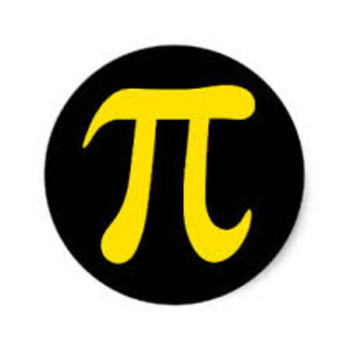How do you solve #x^2 - 4x - 9 = 0# by completing the square?
2 Answers
Explanation:
#"to complete the square"# add
#(1/2"coefficient of x-term")^2 " to both sides"#
#"that is add " (-4/2)^2=4" to both sides"#
#rArrx^2-4xcolor(red)(+4)-9=0color(red)(+4)#
#rArr(x-2)^2-9=4#
#rArr(x-2)^2=13#
#color(blue)"take the square root of both sides"#
#sqrt((x-2)^2)=+-sqrt13larr" note plus or minus"#
#rArrx-2=+-sqrt13#
#rArrx=2+-sqrt13#
#"or " x~~5.6, x~~-1.6" to 1 decimal place"#
Explanation:
To complete the square means exactly what it says...
"make an expression into a perfect square by adding the part that is missing..."
The steps are given, refer to the details of the working below:
In
#1:rarr" "1x^2-4x" "color(red)(-9)=0#
#2:rarr" "x^2 color(blue)(-4)x" " = color(red)(9)#
#3:rarr" "x^2 -4x " " color(blue)(+4) = 9 color(blue)( +4)#
#4:rarr" "(x-2)^2" " = 13#
#5:rarr" "x-2" " = +-sqrt13#
#6:rarr" "xcolor(white)(wwwwwww) = +sqrt13 +2 = +5.606#
#6:rarr" "xcolor(white)(wwwwwww) = -sqrt13 +2 = -1.606#
~~~~~~~~~~~~~~~~~~~~~~~~~~~~~~~~~~~~~~~~~~~~~~~~~
-
Step 1: Make
#a=1" " (a# is already equal to#1# ) -
Step 2: Move the constant to the other side.
-
Step 3: complete the square by adding
#color(blue)((b/2)^2)# to both sides.
In this case#color(blue)(b=-4)" "# so,#color(blue)(((-4)/2)^2 = (-2)^2 =+4)# -
Step 4: Write the LHS as the square of a binomial
- Step 5: square root both sides
#rarr# remember#+-sqrt# - Step 6: solve for
#x# to get 2 values

